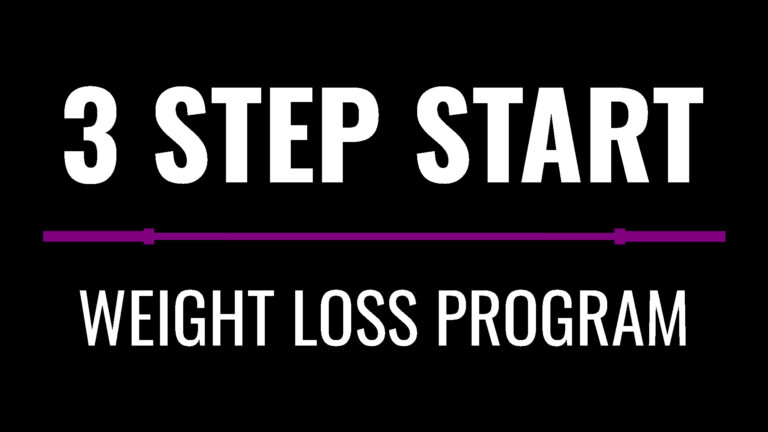
3 Step Start – Weight Loss Program
A simple weight loss program designed to help beginners build a sustainable and realistic fitness foundation.
Fitstra workout programs are designed to accommodate brand new, first day lifters as well as those who have been in the gym for years. All programs contain resistance training, core work, and cardiovascular conditioning. Terms and abbreviations are listed at the bottom of this page.

A simple weight loss program designed to help beginners build a sustainable and realistic fitness foundation.
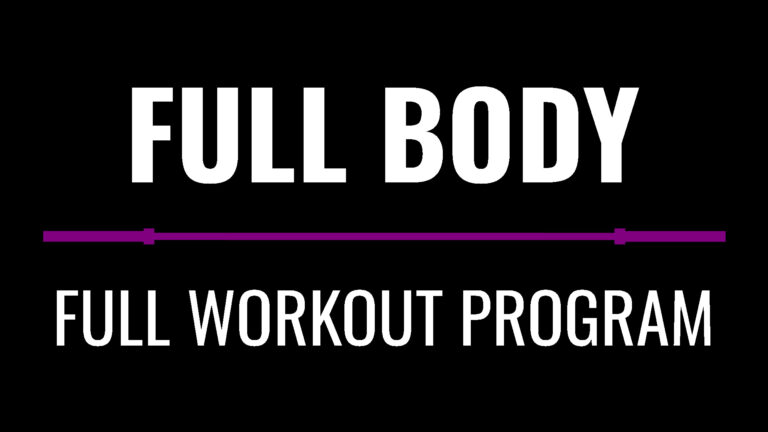
A 2-3 day/wk, full body weight training program designed to improve strength and hypertrophy.

A 6 day/wk, 15+ week weight training program designed to primarily target hypertrophy through an alternating legs/push/pull setup.
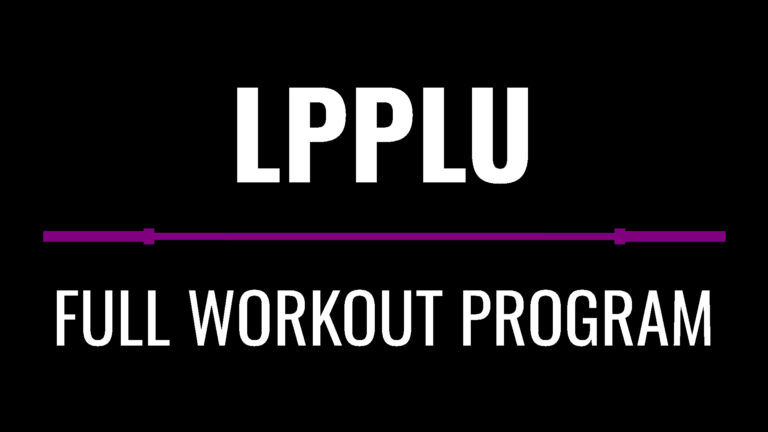
A 5 day/wk, 10+ week weight training program designed to target strength and hypertrophy through a blended legs/push/pull/lower/upper routine.
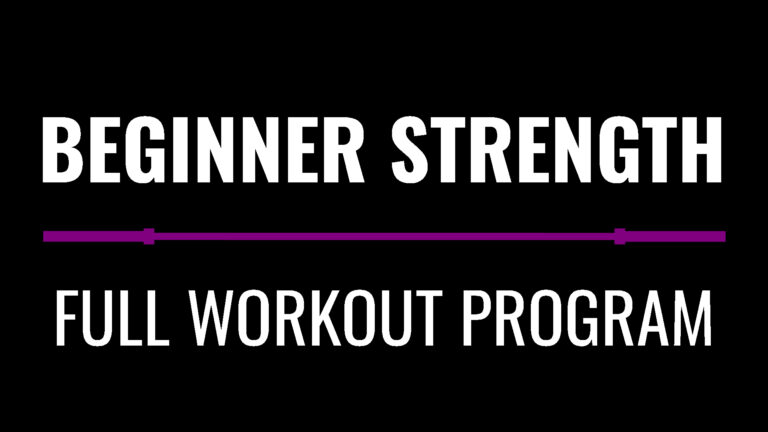
This is a 2-3 day/wk, full body weight training program designed to introduce barbell exercises and basic compound exercises to novice lifters while improving strength and hypertrophy.
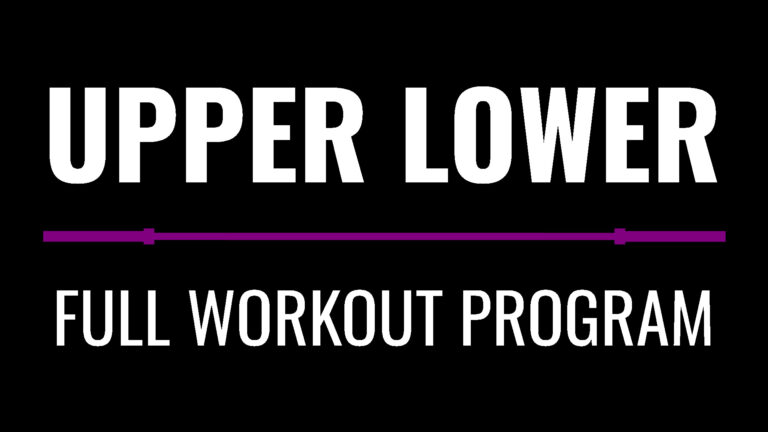
A 4x/wk, 10+ week weight training program designed to target strength and hypertrophy through an upper body/lower body split. All major movement patterns are hit twice a week.
These programs can be found in Fitness & Nutrition Programming for Beginners. If you enjoy running them and see results, consider purchasing the full book either as a PDF or paperback. Thanks!
Asterisks group two or more exercises together into a circuit or super/compound set. All exercises meant to be performed as a circuit are stacked on top of each other. Asterisks are used in the warm up (alternating dynamic stretching and plyometric exercises) and in some of the core (abs) sections.
Carets signify that the listed exercise should be performed unilaterally – either in isolation or alternating – and the R/L letters dictate the starting side for all sets that day. Some exercises can only be performed alternating while others can be approached in isolation. For example, a walking lunge needs to be performed in a unilateral alternating pattern, but dumbbell bench press can be alternated (L/R/L/etc) or isolated (L/L/L then R/R/R) unilaterally.
Plus signs indicate that a set should contain at least the listed number of reps, but more are allowed if the load moves easier than expected. Sets with a plus sign are AMRAP (as many reps as possible) sets. For example, a single set of 2+ reps calls for heavy weight at or close to 95% of an estimated 1RM, but if you can complete both reps in the set and still have energy for a third or fourth rep, do them. Use these sets to test your strength limits and flirt with failure.
Sets and reps for an exercise. 3×10 is read as three sets of ten reps.
Sets and rep duration for an exercise. 3×60 sec is three rounds of exercise where each set is performed continuously for one minute. Unilateral exercises like a farmer’s carries and side planks should be performed for one minute each side, doubling the set time. The clock time does not stop if you reach failure – take a second, catch your breath, and then keep going. Work to slowly increase your stamina over time.
This is the cardiovascular conditioning time structure – Number of rounds [aerobic minutes > anaerobic minutes]. In this 1 [2 min > 1 min] example, one round of cardio is performed for a single two minute aerobic bout followed by a one minute high intensity segment, totaling three minutes of work time. 4 [2 min > 1 min] would be read as four rounds of a two minute aerobic bout followed by a one minute high intensity segment, totaling of 12 minutes.
Rest times between sets. If no rest time is listed and an asterisk* is present, two or more exercises are meant to be performed as a circuit. If the second exercise in the circuit pair has a rest time listed, rest is to be taken after one round of both exercises is completed. If no rest time is listed on the second exercise, the two exercises are meant to be performed as alternating and unbroken pairs for the total working time – common in the core work for many Fitstra programs.
Barbell. As used in a BB squat.
Core isometric contraction exercise. As used in a plank.
Core lumbar flexion exercise. As used in a sit up.
Core rotational exercise. As used in a banded woodchop or a Russian twist.
Dumbbell. As used in DB bench press.
High intensity interval training. HIIT training focuses entirely on anaerobic conditioning with rest times between rounds instead of periods of easier, aerobic cardio. 2 [0 min > 1 min] (1-3 min) is read as two rounds of one minute intervals with 1-3 minutes of rest between bouts.
Low intensity/high intensity cardio split. This is a combination of aerobic and anaerobic training. In this style of cardio, the lower intensity aerobic sections serve as active recovery periods between higher intensity rounds.
Kettlebell. As used in a KB overhead press.
Low intensity steady state. LISS training focuses entirely on aerobic conditioning by utilizing a single, unbroken period of lower intensity cardio. 1 [ 20 min > 0 min] would be read as one single bout of low intensity cardio (VT1) for 20 continuous minutes.
Overhead press. Performed standing with a barbell, dumbbells, or kettlebells.
Romanian deadlift. Can be performed with a barbell, dumbbells, or kettlebells.
Single Arm. Used in the dumbbell/kettlebell SA Row.
Self-myofascial release. Massage with a tool like a foam roller.